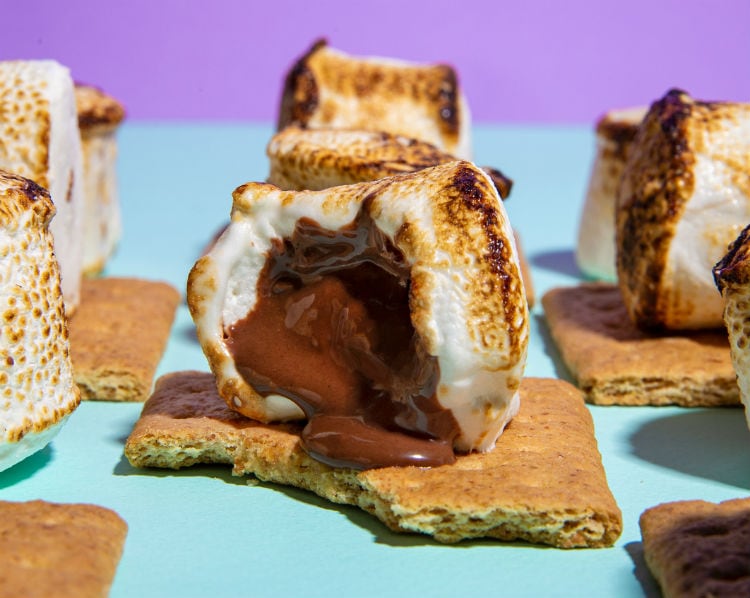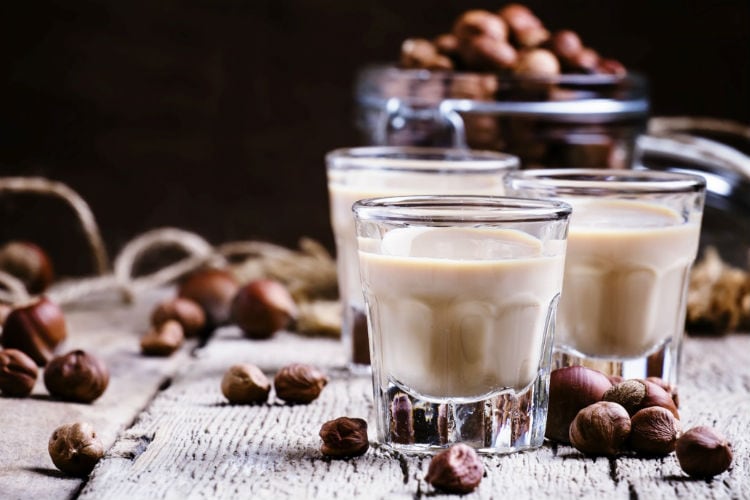Researchers from the University of Guelph at the Advanced Photon Source (APS) located at the US Department of Energy’s (DOE) Argonne National Laboratory investigated the characteristics that truly set haute chocolate apart.
Their work is funded by Natural Sciences and Engineering Research Council of Canada. In a series of studies, University of Guelph researcher Fernanda Peyronel used a technique called ultra-small-angle X-ray scattering (USAXS) to focus on a property called fractal dimension, a particular feature of the geometric configuration of tiny particles of chocolate.
Mouthfeel
“Basically, we’re trying to see whether these particles have a more open or a more closed structure and to correlate that to the mouthfeel experienced by consumers,” Peyronel said.
The USAXS technique allows scientists to resolve particles that range in size from a few hundred nanometers to around 10 micrometers — roughly the limit at which our taste buds can distinguish different textures.
The beamline at the APS also accommodates detectors for small-angle X-ray scattering as well as large-angle X-ray scattering. These allow scientists to study their systems from less than a nanometer to around 10 micrometers.
Argonne X-ray physicist Jan Ilavsky, who runs the USAXS beamline at the APS — and collaborates with Peyronel on the chocolate studies, explained that the smooth versus grainy texture of a piece of chocolate could be due to the amount of open space within the chocolate at the microscopic level, which could change how it melts on the tongue.
“Our tongues are actually pretty good detectors at this length scale,” he said. “Based on how compact or how open the structure is, that can possibly have an impact on how fast or how slowly the chocolate melts.”
Smooth and creamy chocolate
According to Peyronel, smooth and creamy chocolate typically results from a process known as tempering, in which the chocolate mixture is repeatedly heated and cooled. If a chocolate is tempered improperly, or not at all, a grainy mouthfeel might result - and the particles’ structure would look different.
This insight into the relationship between chocolate microstructure and mouthfeel helps producers not only to understand why some chocolate tastes better than another. It also gains major energy and cost savings. The tempering process requires a considerable amount of time and energy, Ilavsky said, representing a major source of the cost of preparing a delicious chocolate.
Some chocolate makers want to replace some of the cocoa butter
Previous food science work using the USAXS technique had focused primarily on other edible fats, such as cocoa butter. “Some chocolate makers want to replace some of the cocoa butter, because this edible fat is quite expensive,” Peyronel said. “However, it’s unclear how the cocoa butter affects the microstructure.”
Although the atomic and molecular structures of chocolate are well known, Peyronel said, those are not what chocolate consumers experience in their mouths. Instead, a key indicator that has been used to characterize a good chocolate is called a ‘polymorph’.
The best polymorph, according to Peyronel, is called βV (beta-5), indicating a configuration in which the atoms are nearly at their energetic minima. “A lot of thought is going into trying to create a βv polymorph in the chocolate and have it be stable,” she said.




